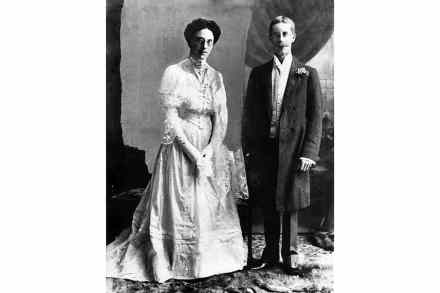The gruesome fascination of female murderers
On 27 January 1688, Mary Hobry, a French midwife living in London, strangled a man to death. The corpse lay in her bed for several days before she carved it up. Then, in the dead of night, she used her petticoat to drag the dismembered body through the neighbourhood – Castle Street, Drury Lane, Parker’s Lane – to be disposed of. The torso was dumped on a rubbish heap; the legs, arms and head were tossed in a cesspit. What did Mary think, I wonder, as she tiptoed home, finally rid of her husband? The secret was not to last long. Within hours the evidence was uncovered, sending the West



